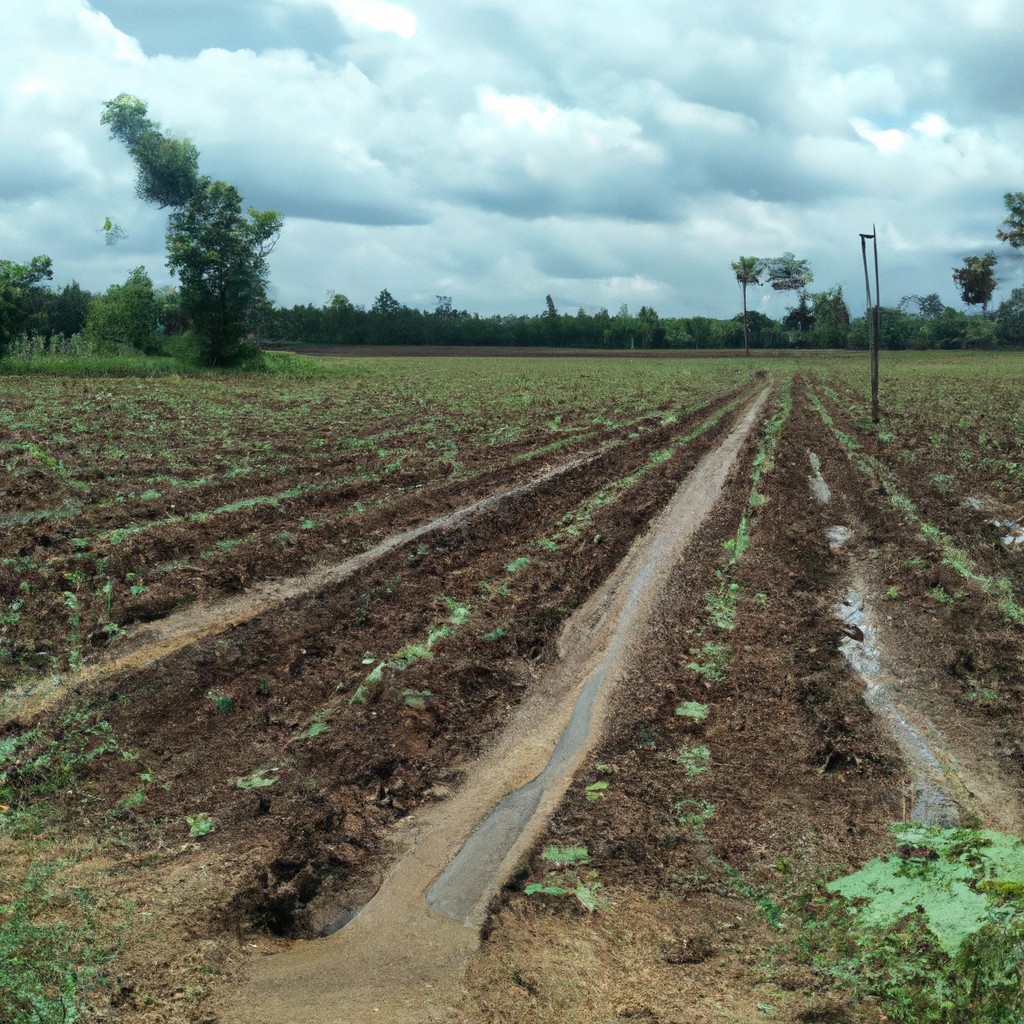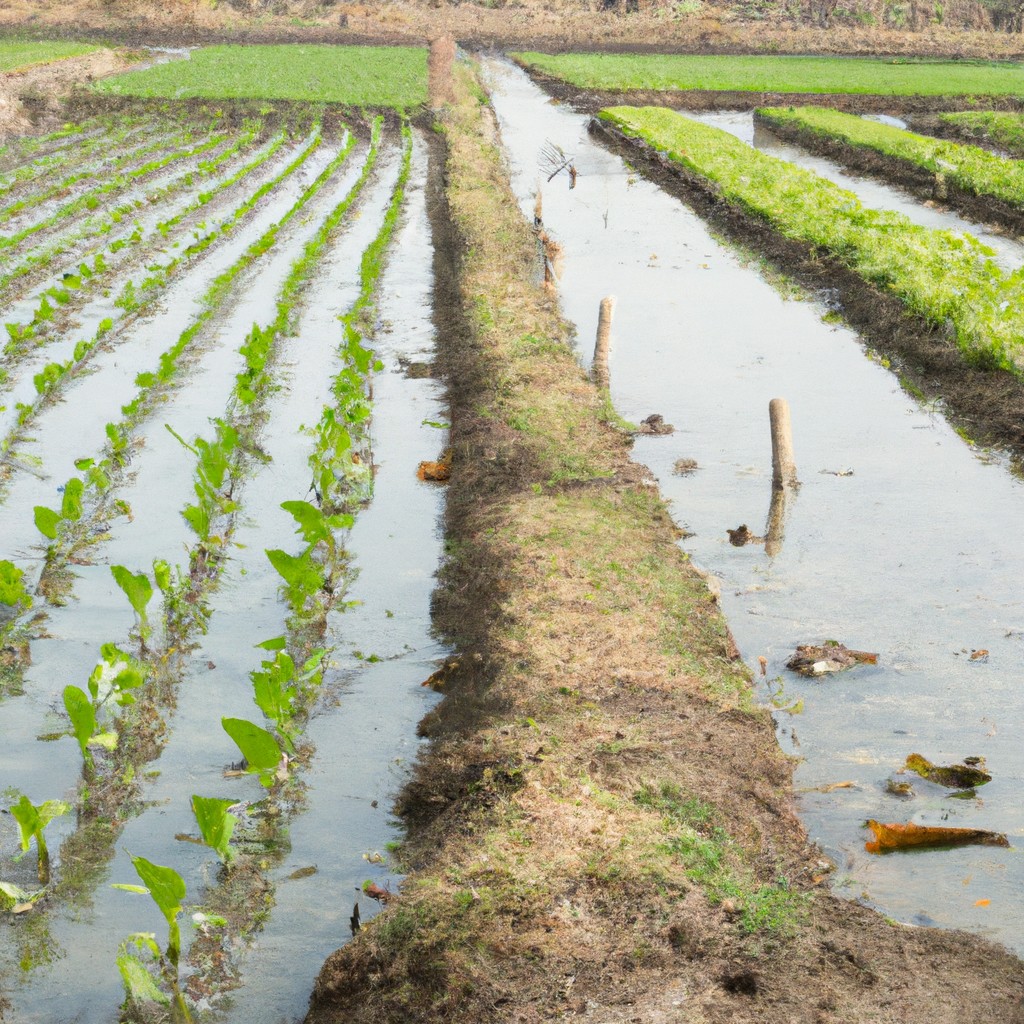Exploring the essential differences and similarities between regenerative agriculture and sustainable agriculture, this article delves into each practice’s unique contributions to environmental health and food production.
Regenerative agriculture and sustainable agriculture are two farming practices that aim to benefit the environment. However, they differ in their approach and impact.
While sustainable agriculture focuses on maintaining the status quo and minimizing harm to the environment, regenerative agriculture goes a step further by actively improving ecosystems.
This article will delve into the specifics of these two methods, comparing and contrasting them to provide a thorough understanding of their differences and similarities.
Stay with us as we explore how each practice contributes to the overall goal of a healthier planet.
Key takeaways:
- Regenerative agriculture actively improves ecosystems
- Sustainable agriculture minimizes harm to the environment
- Regenerative agriculture focuses on soil health and biodiversity
- Sustainable agriculture promotes renewable resources and economic viability
- Regenerative agriculture sequesters carbon and improves water cycle
Look Inside:
Defining Regenerative Agriculture

Regenerative agriculture is an approach that aims to rebuild and enhance natural biodiversity, enrich soils, improve watersheds, and enhance ecosystem services. By adopting a regenerative model, farmers focus on restoring degraded soil, increasing its carbon-rich organic matter. This practice not only mitigates climate change by sequestering carbon in the soil but also improves its resilience, fertility, nutrient density and enables the land to hold more water, being less prone to drought.
Regeneration International, one of the leading organizations promoting this farming approach, attributes its five key strategies to success: minimal soil disturbance, perennial crops, diverse crop rotation, cover cropping or mulching, and livestock integration.
Primary Principles of Regenerative Agriculture
Emphasizing soil health is at the core of regenerative farming. Farmers enhance the fertility of their land through crop rotation and cover crops, significantly reducing the need for chemical fertilizers. At the same time, no-till or minimal tillage techniques are used, leaving the soil structure intact, thereby promoting soil biodiversity and minimizing erosion.
Grazing management is another principle, where animals are moved frequently to mimic natural migratory patterns. This style of grazing results in more diverse pasture ecosystems and stimulates soil health.
Moreover, agroforestry, the combination of trees and crops on the same plot, is often employed, providing benefits such as carbon sequestration, improved biodiversity, and more robust pest management.
Farmers practicing regenerative agriculture also prioritize creating and enhancing wildlife habitats. Biodiversity, both above and below the ground, is considered an indicator of a farm’s overall health and resilience to disturbances such as pest infestations or harsh weather conditions.
Water management also plays a significant role. Techniques such as keyline design and swale construction improve water retention and stability, especially in dry climates.
Overall, these practices help to build resilient agricultural systems that increase productivity and resilience while restoring ecosystem health and functionality.
Benefits of Regenerative Agriculture
Regenerative agriculture’s champions often center its benefits around soil health, biodiversity, and carbon sequestration. A healthy network of soil microbes allows for robust plant growth and makes farms more resilient to climatic shocks.
The practices promote plant diversity, attracting pollinators and beneficial insects that support robust agricultural ecosystems. Additionally, regenerative agriculture seeks to reverse climate change by rebuilding soil organic matter and restoring degraded soil biodiversity.
This results in both carbon drawdown and an improvement in the water cycle – significantly aiding in climate change mitigation and adaptation. Integral to this is fostering not just sustainability, but an actual enhancement of the environment and farm productivity in the long run.
Understanding Sustainable Agriculture
Sustainable agriculture is a methodology that concentrates on producing long-term crops and livestock while having minimal impact on the environment. This approach aims to maintain the ecological balance by preserving biodiversity, soil fertility, and water quality. It promotes the use of renewable resources and emphasizes economic viability for farmers.
Key techniques include crop rotation, controlled use of fertilizers and pesticides, and adopting integrated pest management practices. A holistic approach, it aims to amalgamate economic profitability, social equity, and environmental health.
Key Approaches of Sustainable Agriculture
Sustainable agriculture incorporates several core strategies, employing methods to ensure long-term productivity and stability of operations. A crucial approach involves crop rotation, which enhances soil fertility and deters pests. Other practices include cover cropping and mulching, techniques that prevent soil erosion and maintain moisture levels.
With an emphasis on using renewable resources, sustainable agriculture often implements energy-efficient methods and reduces reliance on non-renewable resources. Farmers use organic fertilizers, pest management practices that favor biological control methods, and carefully manage water resources to increase efficiency and preserve water quality.
In livestock management, sustainable farming encourages the integration of animals into the farm system. This concept, known as mixed farming, improves the flow of energy and matter in the farm ecosystem.
Lastly, sustainable agriculture advocates for stewardship of both natural and human resources. This means protecting and enhancing the overall health and welfare of plants, animals, soils, as well as the respect and fair treatment of farmworkers.
Advantages of Sustainable Agriculture
Sustainable agriculture offers numerous benefits, not only to the environment but also to farmers, consumers, and the economy as a whole.
Firstly, it reduces soil erosion and chemical pollution by limiting synthetic fertilizers and pesticides usage. This approach directly betters water quality, and promotes biodiversity.
For farmers, it can reduce costs by minimizing input reliance and enhancing resilience to climate variability. Moreover, it supports local economies by promoting small-scale farms.
Finally, consumers benefit by getting access to nutritious and chemical-free food. Integrating these advantages, sustainable agriculture presents a long-term solution, promising a balanced ecosystem, viable farms, and healthy communities.
Differences Between Regenerative and Sustainable Agriculture
While both practices aim to create a healthier planet, their approaches offer distinct advantages. Sustainable agriculture focuses primarily on reducing environmental damage and maintaining the current status of farmland. It centers on conserving water, reducing the use of harmful pesticides, and promoting biodiversity, while maintaining crop yield and farmers’ livelihoods.
On the other hand, regenerative agriculture goes beyond preserving the environment. It seeks to revitalize and enhance the land, promoting practices that restore soil health, increase biodiversity, and sequester carbon to combat climate change. It’s a more holistic approach, with the end goal being not only sustainable food production, but an improved ecosystem that benefits all life forms.
Therefore, regenerative agriculture can be seen as a proactive approach, whereas sustainable agriculture tends to be more reactive, working towards preventing further damage rather than actively improving the condition of the environment.
Case Studies in Regenerative and Sustainable Agriculture
Transitioning from traditional farming to sustainable or regenerative practices requires dedicated efforts but brings substantial rewards as demonstrated in several case studies. For instance, Gabe Brown, a farmer from North Dakota, opted for regenerative agriculture, integrating livestock and crop production. This change led to substantial increases in organic matter in the soil, reducing the need for synthetic fertilizers. After a few years, he noticed improved yields, reduced costs, and enhanced resilience against extreme weather.
On the sustainable farming front, the New Forest Farm, established by Mark and Jen Shepard in Wisconsin utilizes polyculture and perennial crops. They focus on preserving soil quality and minimizing resource usage and input costs. These tactics allowed them to maintain high productivity rates, preserve biodiversity, and achieve economic viability, thus proving the effectiveness of sustainable agriculture practices.
Both case studies showcase the tangible benefits and effectiveness of each approach, affirming their role in the future of farming.
FAQ
Is regenerative agriculture the same as sustainable agriculture?
No, regenerative agriculture and sustainable agriculture are not the same; sustainable agriculture aims to maintain current conditions, while regenerative agriculture works to restore and improve the productivity of currently impacted natural systems.
What is the difference between sustainable intensification and regenerative agriculture?
Sustainable intensification generally tolerates genetic engineering and the use of external and chemical inputs more than regenerative agriculture, which seeks to minimize these practices.
Why is regenerative agriculture not sustainable?
Regenerative agriculture is not sustainable because the scarcity of land prevents the scalability of regenerative methods necessary for maintaining sustainable animal agriculture.
Why is sustainable agriculture sometimes called regenerative farming?
Sustainable agriculture is sometimes referred to as regenerative farming because of its emphasis on replenishing soil and aligning with natural ecosystems, hence capable of reversing damages caused by industrial agriculture and establishing a food system beneficial for humans, animals, and the environment.
How does regenerative agriculture contribute to biodiversity compared to sustainable farming?
Regenerative agriculture promotes biodiversity more extensively than sustainable farming by encouraging diverse plant species, creating habitat for wildlife, enhancing soil microbial diversity, and rebuilding ecosystems, whereas sustainable farming primarily focuses on preserving existing biodiversity levels.
What role do carbon sequestration practices play in sustainable versus regenerative agriculture?
Carbon sequestration practices play a crucial role in both sustainable and regenerative agriculture by helping decrease atmospheric CO2 levels, with the key difference being that sustainable agriculture aims to maintain the status quo while regenerative agriculture seeks to restore degraded soil and improve its carbon-capturing capability.
How does the economic viability of sustainable and regenerative farming compare?
Sustainable and regenerative farming, when appropriately managed, can prove economically viable, generating comparable yields to conventional methods and reducing reliance on costly chemical inputs, eventually enhancing profitability.




